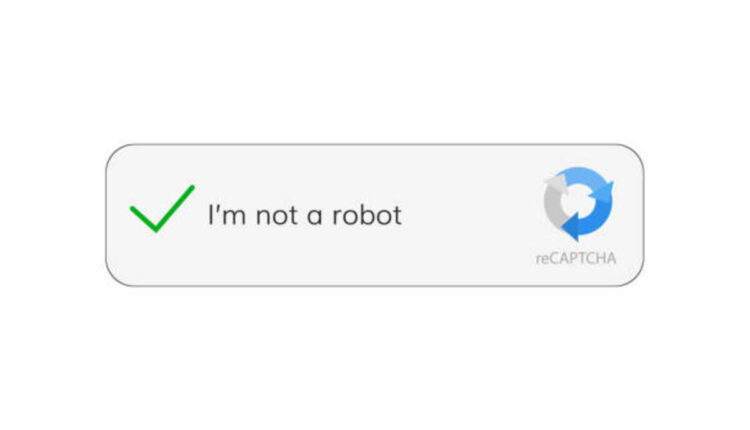The phrase Bypass Captcha describes attempts to evade or defeat CAPTCHAs—those familiar challenges that websites use to distinguish humans from automated bots. While some users search for ways to bypass CAPTCHAs to automate repetitive tasks or scrape data, bypassing these protections raises serious ethical, legal, and security concerns that website owners, developers, and users should understand.
Why people seek to bypass CAPTCHAs varies. Businesses performing large‑scale data collection, QA teams running automated tests, and accessibility advocates all face friction from CAPTCHAs. Meanwhile, malicious actors want to bypass CAPTCHAs to carry out spam, credential‑stuffing, scalping, or other abusive actions. The intent behind an attempt to bypass a CAPTCHA matters: automation that respects site terms and user privacy is fundamentally different from activity intended to commit fraud or degrade service.
Legally, attempting to bypass site defenses can violate terms of service and, in many jurisdictions, computer‑fraud or anti‑circumvention laws. Organizations increasingly treat CAPTCHA circumvention as a red flag for abuse; IP addresses and accounts associated with such behavior can be blocked, and perpetrators may face civil or criminal consequences. Ethically, bypassing protections undermines trust on the web and harms services that rely on CAPTCHA to prevent abuse that would otherwise raise costs and degrade user experience.
There are legitimate, constructive alternatives to attempting to Bypass Captcha. Developers and organizations that need to automate interactions should first consult a website’s published API: many services expose official programmatic interfaces that provide data in a controlled, legal manner. If an API is not available, contact the site owner to discuss data access or partnership options—many sites welcome cooperative solutions that respect their rules.
For accessibility concerns, CAPTCHAs can present barriers to users with disabilities. Site owners should implement accessible options (audio CAPTCHAs, messaging which supports screen readers, or alternative verification flows) and follow WCAG guidelines. Users who face accessibility issues should reach out to the site or use approved assistive technologies rather than seeking bypasses.
From a defensive perspective, website operators should assume that some actors will attempt to circumvent protections and design layered defenses. Best practices include rate limiting, device and behavioral fingerprinting, progressive challenges (present stronger checks when suspicious signals appear), and integrating modern bot‑management services. Using a mix of automated risk scoring and human review for edge cases helps balance usability with security.
Transparency and education are also important. Organizations should clearly state acceptable uses of their services and provide channels for legitimate automation requests. Developers building automation tools should embed throttling, respect robots.txt and terms of service, and provide opt‑out mechanisms to avoid harm to smaller sites.
Finally, the future of bot defense is evolving beyond image puzzles to risk‑based authentication, continuous behavioral analysis, and fingerprinting that minimizes user friction. These approaches aim to reduce the need for intrusive challenges while still blocking abusive automation.
In summary, while the desire to Bypass Captcha can stem from legitimate friction points, attempting to circumvent protections carries legal and ethical risks and damages the broader internet ecosystem. The safer and more constructive path is to use official APIs, coordinate with site owners, improve accessibility, or implement respectful automation practices. For site operators, layered defenses and modern risk‑based systems offer a path to protect services without needlessly burdening genuine users.


